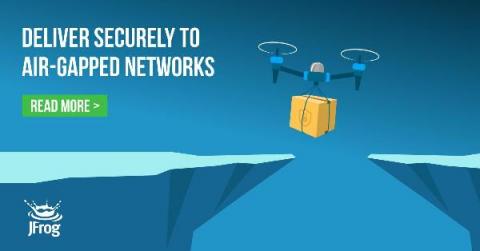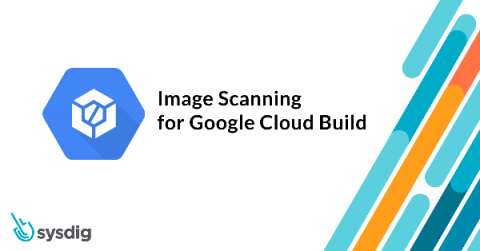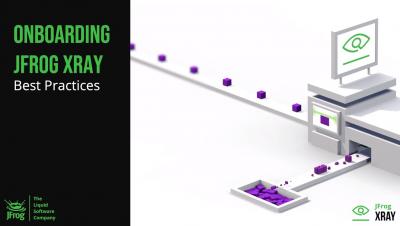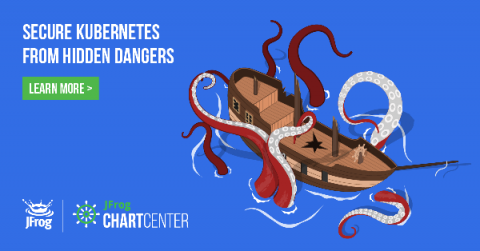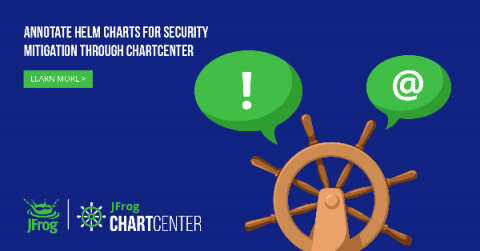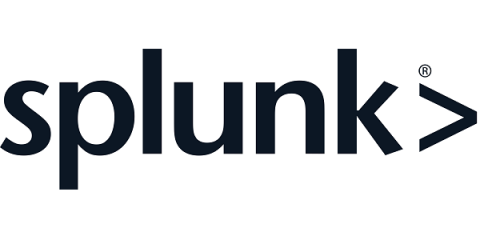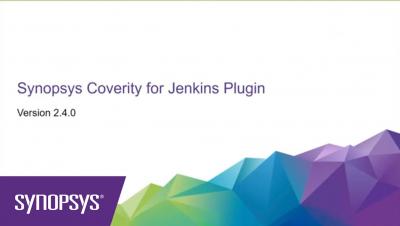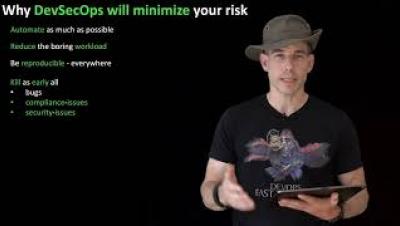Air Gap Distribution Delivers Peace of Mind to Isolated Environments
The best way to stay out of danger is to keep far away from where danger lurks. But in the internet age, the global network means risk to your systems is from everywhere, at all times. With estimates that worldwide damage from cybercrime will exceed 6 trillion dollars by 2021, many companies choose, or are required by regulations to isolate their most sensitive systems to avoid any type of security breach.


